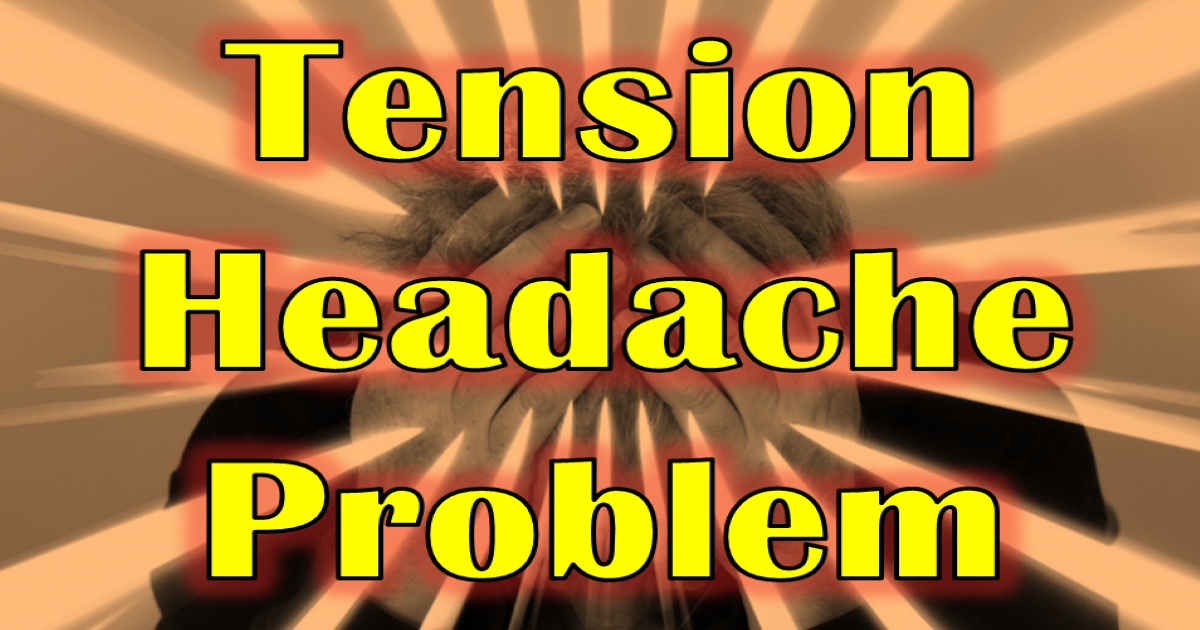08 Aug, 2022
Tension Headache Symptoms Treatments Causes
Jack is an NGO worker. Age 32 years. Working in NGO for last 7 years. There is no communication with the office boss for some time. Almost arguing with him. 2 boys and girls. He does not dare to quit his job at this time. That's why the mind is very sad. Unable to concentrate on work due to various thoughts and tension. After a long time passed like this, he noticed that his head was getting heavy. Always mild pain. The day is always feeling the same pain. He is feeling pain like when a rope is tied around his head. There is no sleep disturbance. Felt pain again after waking up. No nausea or vomiting. There is no pain in the eyes. As per the advice of the village doctor, pain killers such as paracetamol are often taken but there is no relief.
On the advice of relatives, he was taken to a specialist doctor in the city. The doctor took a good look and examined him and said that the name of his disease is Tension Headache.
The first cause of headaches in our society is tension headaches and the second cause is migraine. People who are over-stressed and over-worried usually get a tension headache. More women are affected than men.
Tension Headaches usually involve the entire head. This pain is mild in nature. Pain is always there. The patient is never pain-free. It can be similar to the feeling of being tied with a band around the head. Tension Headache does not have nausea, vomiting, difficulty seeing light, etc.
The most prominent feature of tension headaches is that they are present at all times of the day, every day, and last for a long time. There will be no disturbance of sleep and the headache starts shortly after waking up.
Tension headache patients suffer from anxiety, depression, and human stress along with the headache. All these mental illnesses are not short-term, but long-term suffering increases the possibility of getting affected by a tension headache. It is believed that the muscles of the skull are more contracted in tension headaches. Although this idea has not been proved to be 100% true.
Tension Headache 4 CT Scan of brain 4 PNS X-ray does not show anything. The most notable feature of tension headache treatment is that pain killers do not work well for this headache. Anti-depression medication like Amytriptilin medication works best for tension headaches. Besides, some relief from a tension headache can be obtained through head massage, relaxation, and meditation.
